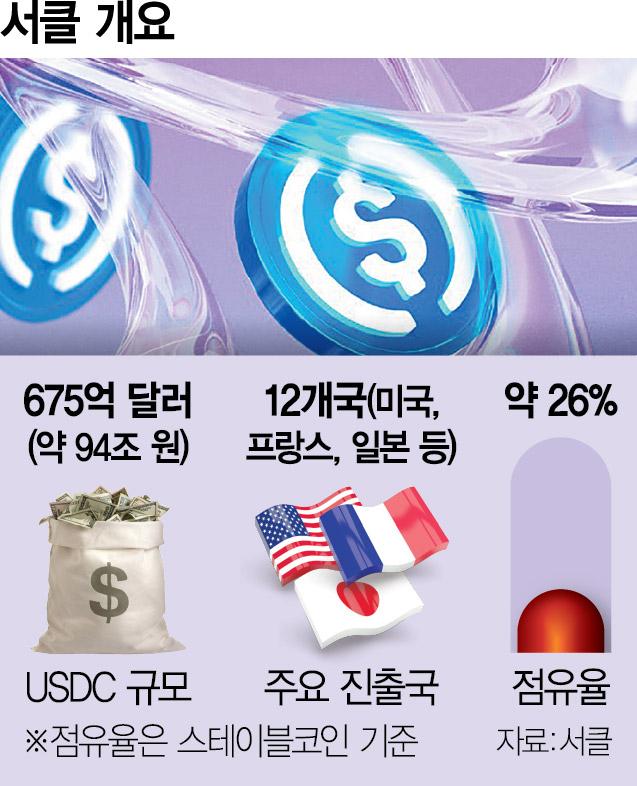
Japan has approved the issuance of the first yen-based stablecoin this fall. While this may seem like a simple institutional change, it is a significant turning point that will shake up the Asian financial landscape. It is particularly noteworthy that JPYC is driving one axis of this trend, with some Korean companies driving the other axis.
JPYC is the dominant player that has captured 99% of the yen stablecoin market in Japan. The 'JPYC' coin, which is pegged 1:1 with 1 yen, is backed by government bonds and deposits, and has entered the official issuance process through registration with the Japanese Financial Services Agency. JPYC's position is special in that it goes beyond a simple tech company to virtually lead Japan's stablecoin policy. Its symbolism is also shown by being the first company invested in by Circle, the world's second-largest stablecoin USDC issuer.
At this point, Korea's role becomes crucial. HT Group has already signed an agreement with JPYC and is conducting joint research on real-world asset (RWA) based platforms. Particularly if 'Goldstation', which connects physical gold to digital assets, and the public digital asset exchange 'Bidan' launched by Busan City establish connections with JPYC, a practical payment and investment infrastructure can be built using the yen and won.
What Korea should focus on is 'interoperability'. As JPYC representative Okabe mentioned, if won stablecoins can be used in Japanese stores and JPYC can be used as a payment method in Korean stores, this is not just a simple cooperation but a new currency network connecting the economies of both countries. This is why Korean financial authorities need to consider utilization methods beyond regulation.
Of course, challenges remain. While Japan is the world's first to establish stablecoin legislation, the global standard is actually being led by the EU's 'MiCA' and US legislation. If Korea does not respond in time, won stablecoins risk being marginalized in the international financial order.
Therefore, the key to cooperation from the reporter's perspective is three-fold.
First, to quickly institutionalize won stablecoin issuance and create a cross-usage environment with JPYC.
Second, to connect platforms like Goldstation with JPYC and expand to trade settlement and investment.
Third, to grow Busan Digital Asset Exchange Bidan into a global hub and practically implement an exchange market for stablecoins based on currencies of both countries.
Cooperation between JPYC and Korean companies is not a simple technological experiment. It is an opportunity for Korea and Japan to create a new standard in blockchain-based trade and settlement. Just as Japan has opened the institutional door, it is now Korea's turn to respond.




